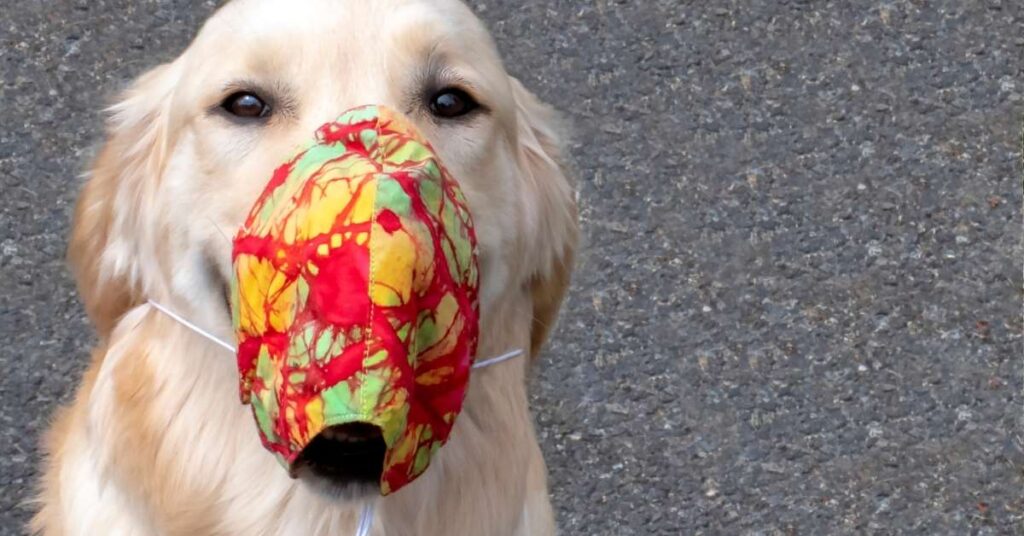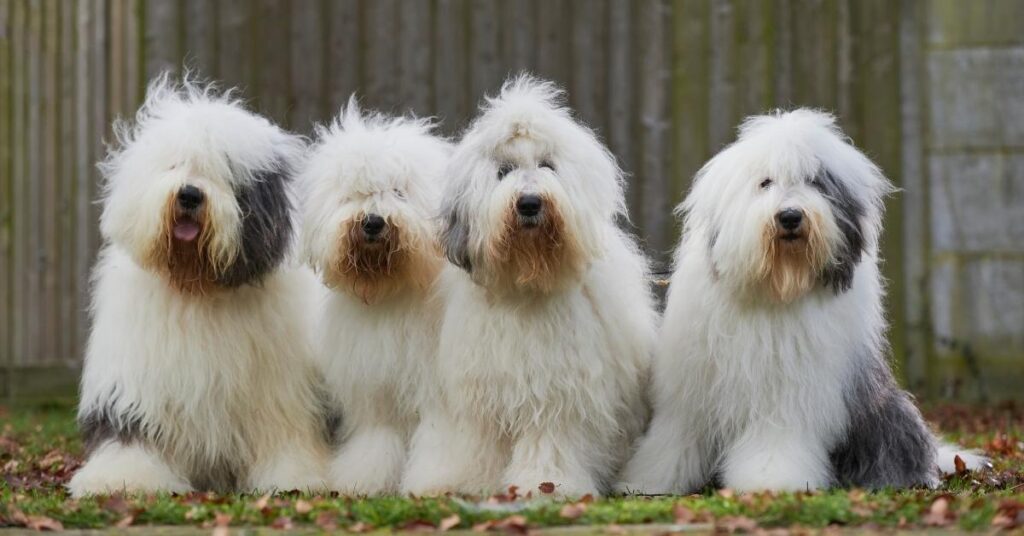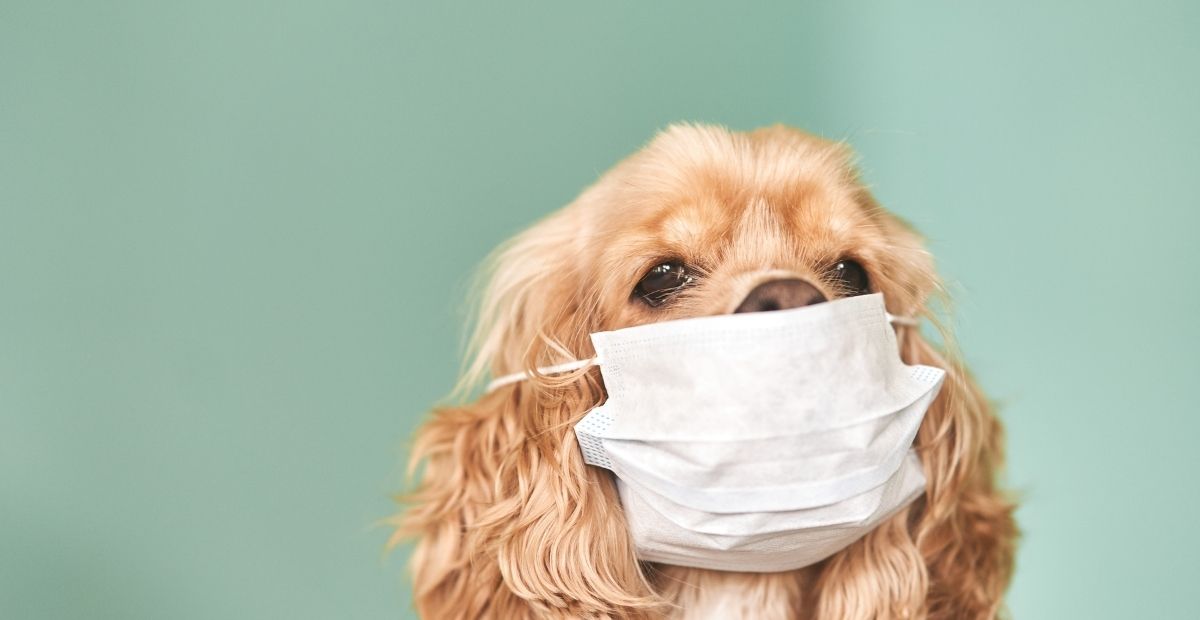Now Reading: When Is Your Pup’s Pain Over? All About Dog Teething Age
- 01
When Is Your Pup’s Pain Over? All About Dog Teething Age
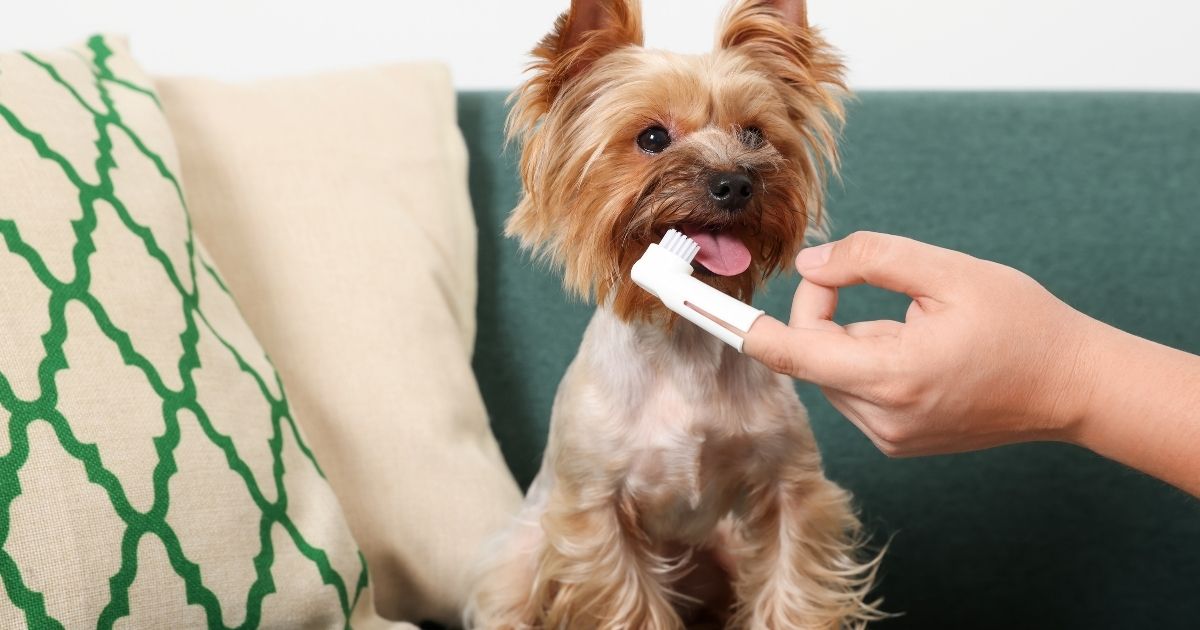
When Is Your Pup’s Pain Over? All About Dog Teething Age
Bringing home a fluffy pup is bringing home joy—and a whole lot of chewing. That sharp, painful teething period is part of growing up, but knowing the dog teething age timeline helps you navigate it like a pro. Let’s dive into the milestones, signs, and smart hacks to make this messy phase manageable.
Also Read: My Dog Ate Chocolate But Is Acting Fine: What’s Next?
Understanding the Dog Teething Age Timeline
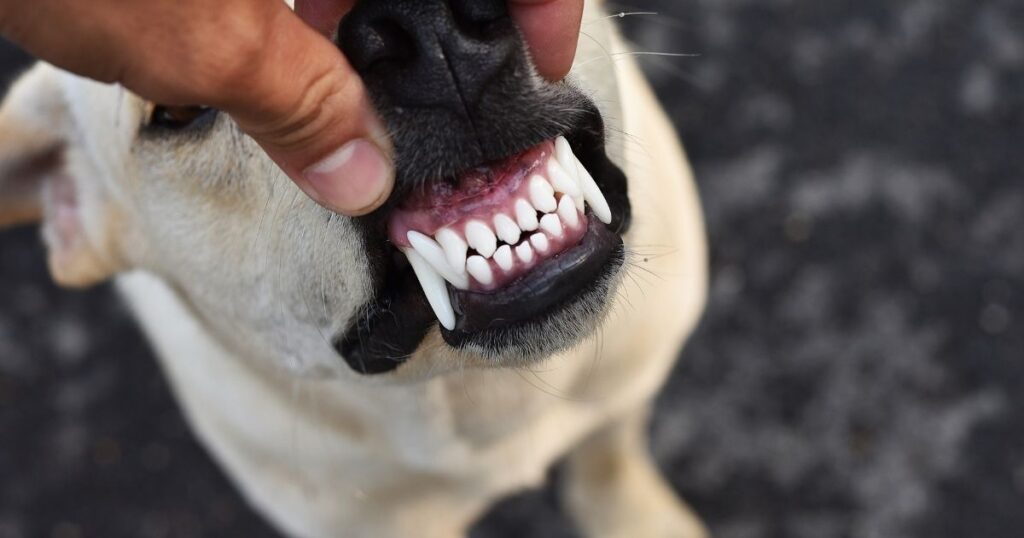
Puppies aren’t born with teeth. Here’s what to expect:
- 3–4 weeks – Tiny baby incisors erupt
- 4–6 weeks – Canine and premolars start popping through
- Around 8 weeks – Full set of 28 deciduous teeth, just in time for adoption
- 12–16 weeks – Baby teeth begin falling out
- 4–6 months – Permanent adult teeth emerge; full set of 42
- By 7 months – All adult teeth should be in place
Knowing the dog teething age progression helps you spot normal changes—and know when to expect the chewing chaos.
Can You Use Puppy Teeth to Estimate Age?
Yes! Many vets use tooth development as a guide. Want to guess puppy age?
- Milk teeth with no wear or adult teeth: around 3–4 months
- Mixed baby and adult teeth: about 5 months
- All permanent teeth, clean and white: 6 months
- Permanent teeth with moderate wear: 7–12 months
This illustrates how to determine dog age by teeth—a handy tool if you rescued a stray or just curious.
Alos Read: The Best Dog Food for Heart Disease: Expert Recommendations
When Do Puppy Teeth Fall Out?
If you’re wondering when do puppy teeth fall out, you’re not alone. Here’s the breakdown:
- Lower incisors erupt ~3 weeks; lose them by 12–16 weeks
- Upper incisors and canines follow at 5–6 months
- By 6 months, your pup likely has an adult bite
Keep an eye on your pup’s gums—loose baby teeth or extra space between adult teeth means change is underway.
Puppy Pain? Soothing Tips for the Dog Teething Age Stage
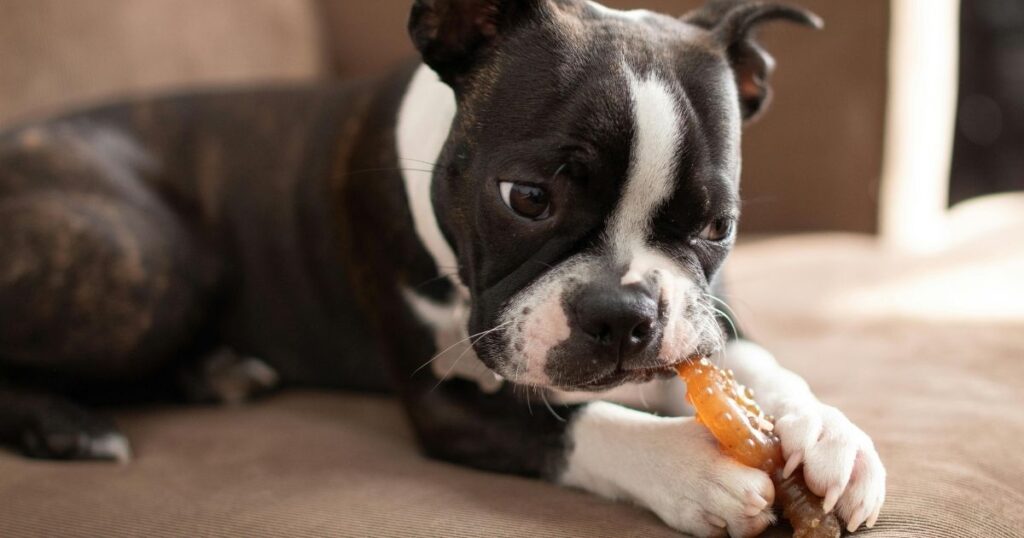
Chewing comfort is key when puppy teeth are falling out. Here’s how to help:
- Provide frozen chew toys—cold soothes sore gums
- Offer flavored teething chews, but vet-approved and limited use
- Use a wet washcloth—freeze it halfway and let the pup gnaw away
- Ensure a clean chew toy rotation—unstuffed toys can be choking hazards
These tactics focus on how to help teething puppies live their best (and least painful) life.
How to Tell Age of Dog by Teeth: Vet vs. Rescue Puppy Scenes
Worried about your pup’s true age? How to tell age of dog by teeth gives strong clues:
- Whiter, sharper permanent teeth → under 1 year
- Tartar build-up → 1–3 years
- Worn or missing teeth → 5 years and up
It’s not foolproof—some dogs chew more and have more wear—but vet assessment combined with appearance helps accuracy.
Do Dogs Lose All Their Baby Teeth?
Yes, absolutely—just like humans, dogs lose all their baby teeth before their adult set settles in. In total, puppies have 28 baby teeth and 42 permanent adult teeth. By the time your pup hits 6 to 7 months, the full swap is usually done.
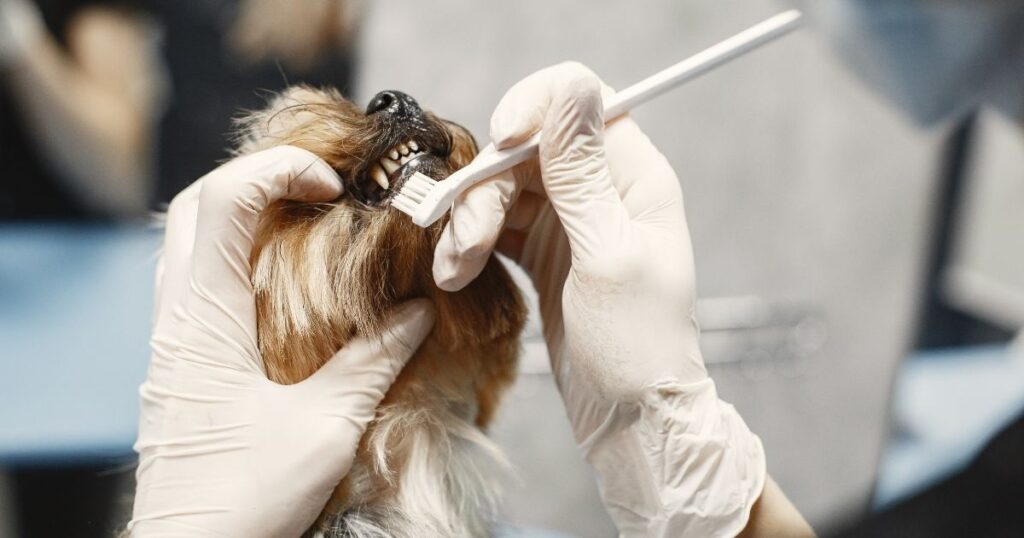
But here’s the catch: not every dog lets you see that tooth-fairy moment. Most puppies swallow their baby teeth while eating or chewing. Don’t panic—it’s perfectly safe. You may never see those tiny teeth fall out, but if your pup suddenly starts chewing like there’s no tomorrow, it’s likely because one of those tiny daggers is on its way out.
Must Read: Dog Teeth Cleaning Tricks: Natural Ways to Freshen Your Dog’s Breath
Occasionally, a baby tooth doesn’t fall out even after the adult tooth comes in. That’s called a retained deciduous tooth, and it can cause crowding, misalignment, or even infections. So, if you see a double row of teeth, especially in smaller breeds, call your vet. That’s when a quick extraction might be needed.
Keeping track of this stage helps you fully understand the dog teething age timeline—and ensures your pup grows into a healthy, pain-free smile!
Secret Tips for Smooth Teething Days
- Prep early – Start chew toys at 3 weeks to build good habits
- Mix textures – Rotate frozen toys, rubber rings, & nylon chews
- Supervise – Prevent swallowing loose baby teeth
- Brush early – Introduce tooth brushing during the teething phase
These tips make transitioning through the dog teething age easier and healthier.
FAQs
Baby teeth begin falling out at 12–16 weeks; permanent teeth usually complete by 6–7 months.
Yes—soft, cool foods are best during the painful weeks. Hard kibble can be too much pressure on sensitive gums.
Minor spotting is common. If you see persistent bleeding, swollen gums, or foul odor, check with your vet.
Baby teeth are smaller, sharper, and whiter. Adult teeth are larger and sturdier with thicker roots.
Wrapping Up the Dog Teething Age Journey
The dog teething age phase might be noisy and messy, but it’s temporary—and hugely important for healthy adult dentition. Armed with a clear timeline, chew strategies, and comfort tactics, you’ll sail through this stage with far less stress—and a pup with a solid, pain-free bite.
Want printable teething charts or breed-specific advice? Just ask—happy to help make dog parenting a little smoother!


